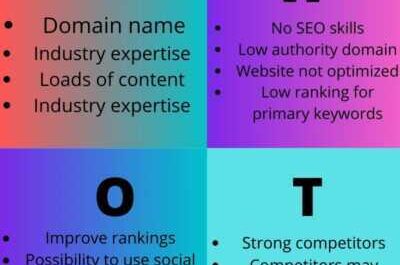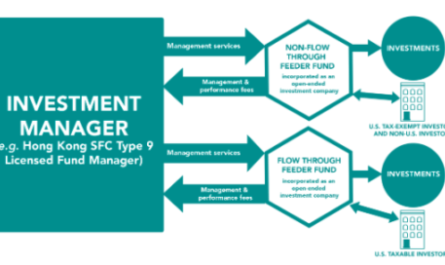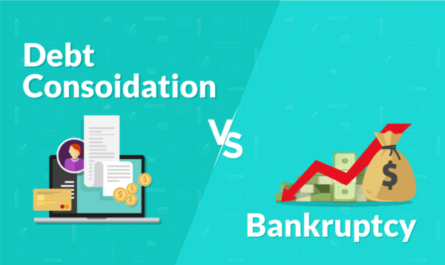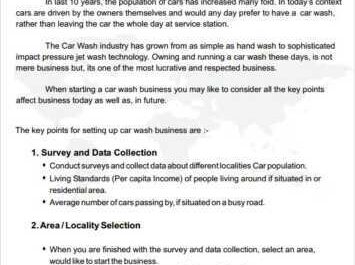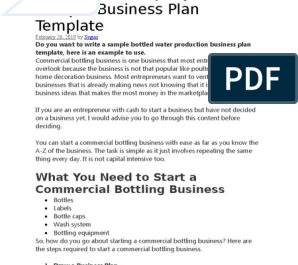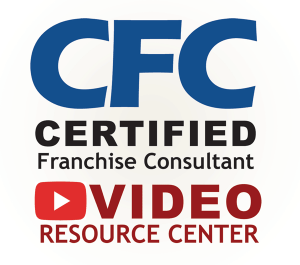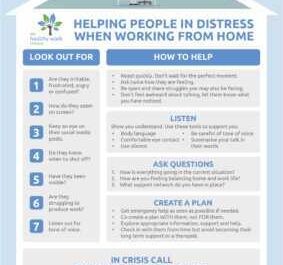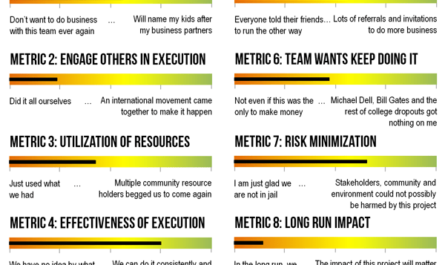Are you running a non-governmental organization looking for ways to attract patronage and funding from local and international financial institutions and sponsors? Next, check out a sample template on how to write a marketing plan that will make your nonprofit stand out when implemented.
A non-profit organization is an organization created for purposes other than commercial activities. Despite the definition, an organization of this type requires a marketing plan in order to reach sponsors and other interested parties. Whether you’re looking to start a nonprofit or already have one, here are some guidelines for writing a marketing plan that exceeds your expectations.
- Sample non-profit business plan template
Writing a marketing plan for an example of a nonprofit model
1. State your suggestions and goals
Your first step in writing a marketing plan for your nonprofit organization is to describe the products or services that the organization offers. Next, list the goals you hope to achieve with each product or service. Your goals are the results you want to achieve in your marketing campaign.
It is recommended that you limit them to a maximum of three for each product or service. And remember, these goals should be concise, measurable, clearly articulated, achievable with the resources you have and over time.
2. Identify your target sponsors
While your nonprofit may seem appealing to everyone, it isn’t really and may not appeal to everyone. And if so, it will certainly interest certain categories of people more than others.
You need to identify the categories of people who will be most interested in your cause. These people are your targeted sponsorship, which is why we’ve provided you with a sample nonprofit marketing plan template.
An easy way to identify your target audience is to write a personality profile for your ideal target sponsor. Explain in detail everything about them, including their age, gender, location, profession, interests, hobbies, behavior, etc.
Also include the factors most likely to engage your target sponsors in your organization. The essence of this step is knowing where you need to direct your marketing resources for the best results because you have little time, energy, and money.
3. Analyze the situation
After you’ve defined your proposals and defined your goals, your next step is to perform a detailed analysis of the situation. Here you will analyze your beneficiaries, the competition, the environment, your organization and other important factors.
Start by identifying which specific category of people will benefit your organization. Try to estimate the number of stakeholders who will benefit from your organization. The approximate amount will help you decide how you will handle the money you receive at the end of the day.
Next, define the competition. Who are your competitors “These are organizations that are in the same place as yours and have a similar activity to yours. Find out and write down their strengths and weaknesses.
You also need to define your environment. An analysis of your political and legal environment examines the specific challenges of managing your organization and determines whether or not the political environment is favorable for your organization. Also underline your analysis of the socio-economic environment of your organization. Additionally, perform an analysis of your technology environment that indicates whether certain technologies are critical to your organization.
Finally, do a SWOT analysis ( Strengths, Weaknesses, Opportunities, and Threats ). which considers the following:
- The internal strengths of your organization ( Whether your structure or team of people will help your organization to function better or more efficiently than others ?)
- Internal weaknesses of your organization ( In what areas will your structure or team of employees hamper the success of the organization ?)
- External opportunities for your organization ( What are the external factors that your organization can take advantage of ?)
- Threats external to your organization ( What external factors can potentially threaten the continued survival of your organization ?)
4. Define your marketing strategy
Your marketing strategy includes the different steps you will take to reach your target sponsors. Will you be advertising in local newspapers, radio and television? Attract potential sponsors via social media and paid online advertising ? Your responses should be included in this part of your marketing plan.
5. Calculate the budget and other necessary resources
Marketing a nonprofit takes a lot of money, time, and energy – depending on the size of your target audience. Once you have identified the different steps you will take to reach your potential sponsors, calculate how much money, time and energy it will take to complete them.
6. Develop an action plan
In this part, you will list the specific actions you will take to achieve your goal. For each action, you will indicate who will take it, where and when. In addition, you will indicate the results you expect to receive at different specific times and the actions you will take if you have not achieved them by that time.
7. View and configure: Go through the marketing plan several times, making any necessary changes.

